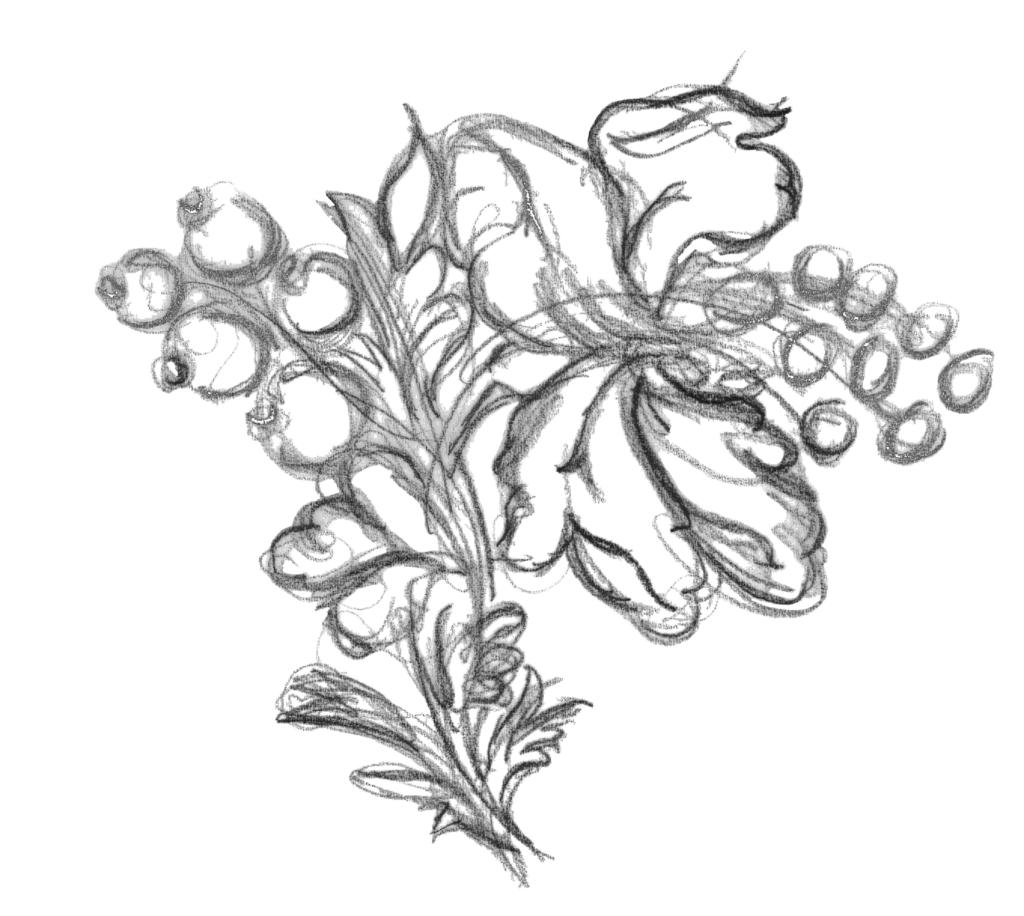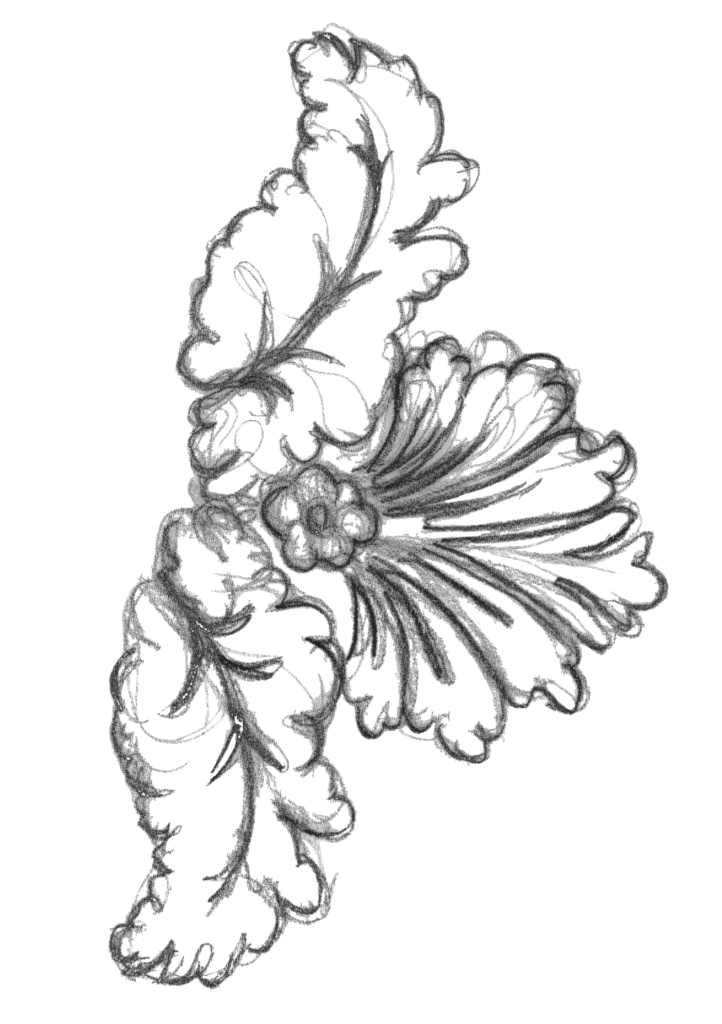The English word ‘cotton’ derives from the Arabic word qutn or qutun. Cotton is a long unicellular seed fibre grown on the outer skin of the cotton seed to aid seed dispersal in natural conditions. These fibres vary from 10mm to 55mm in length and can be brown, as seen in wild varieties such as
The visual effect is created in a fabric, using a particular weave and by grouping coloured warp threads and crossing them with groups of coloured weft threads.
The term colourfast describes a fabric which has retained sufficient colour after dyeing so that no noticeable change in shade has taken place. To be colour fast refers to not transferring colourants to other materials.
Sometimes called frosting. Colour abrasion is colour change in localised areas of a fabric where differential wear has taken place.
A sensation of light in the eyes is induced by certain frequencies, including each colour of the rainbow as we know it. Colour is applied to textiles by dyeing and printing. The basic, so called ‘primary colours’, are red, blue and yellow. ‘Secondary colours’ are made up of a mixture of two
Decorative borders were used in the upholstery of horse-drawn, rail and motor carriages from the early 19th century onwards until the First World War when the mass production of cars took over. Usually in figured velvet.
Cards are used in conjunction with Jacquard looms, to programme the loom for weaving, complex and elaborate patterns. A Jacquard mechanism, similar to the simpler dobby system, is operated by punched holes in cards which are laced together.







